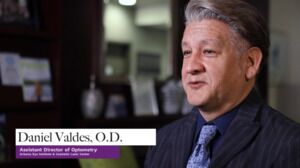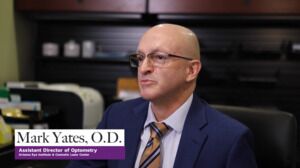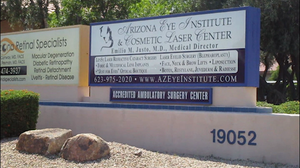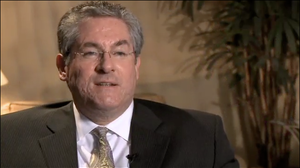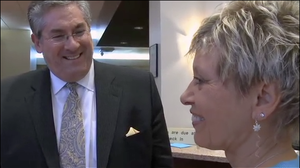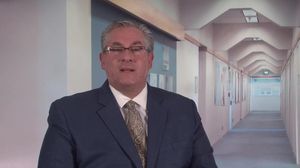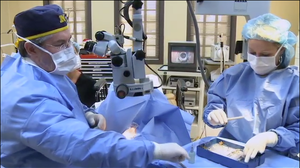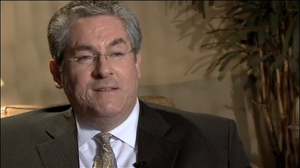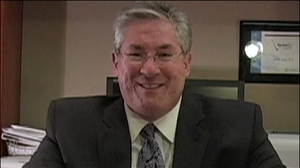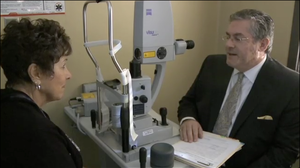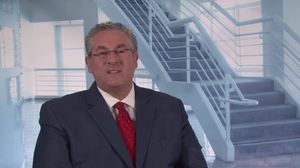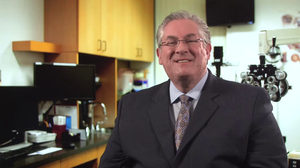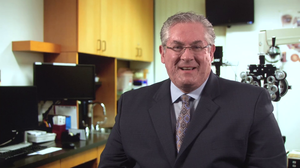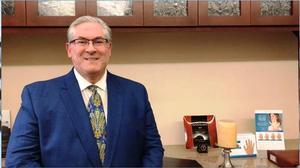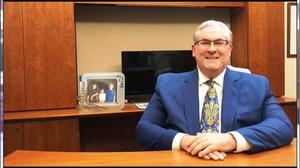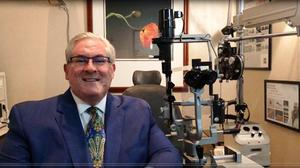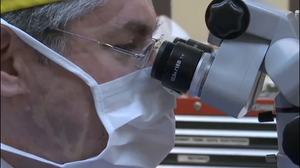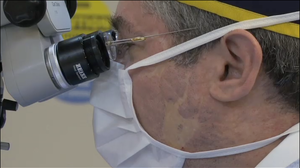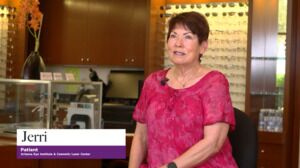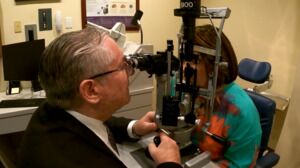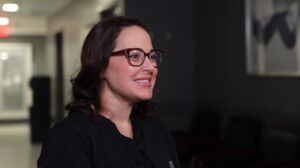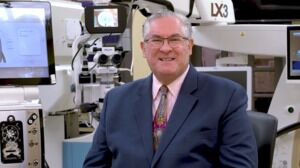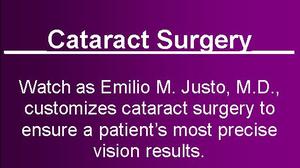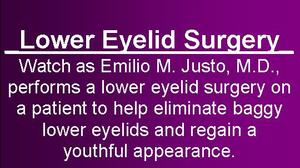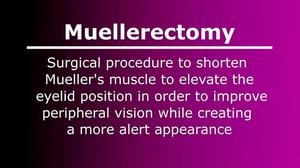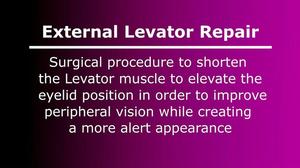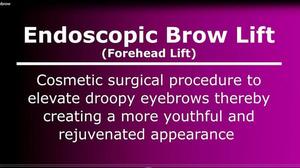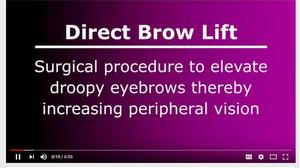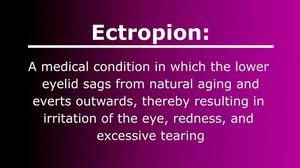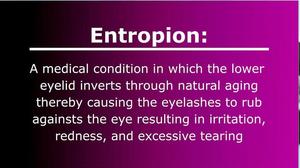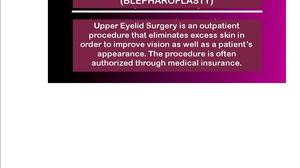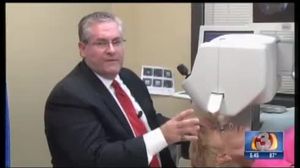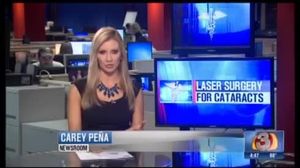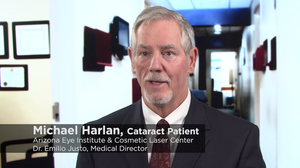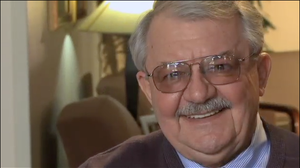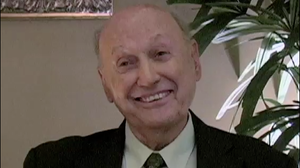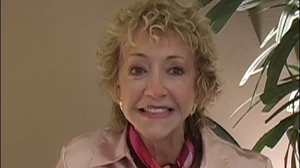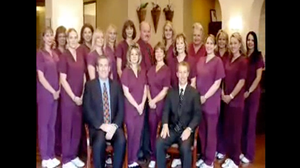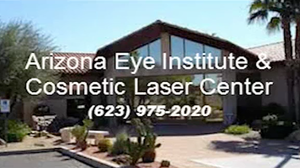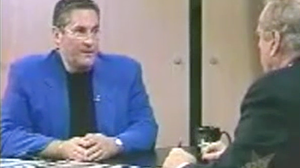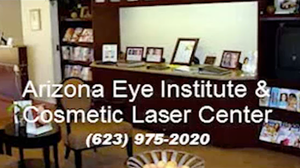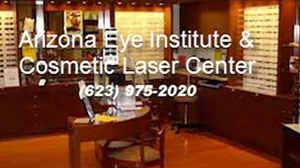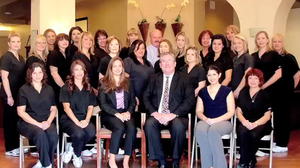Description
Dr. Emilio M. Justo of the Arizona Eye Institute in Phoenix, AZ, is not only highly skilled and experienced in performing cataract surgery, but as Medical Director he invests in state-of-the-art technology to ensure the best outcomes. In this video, he provides a breakdown of why cataracts occur and how they are removed. He also discusses the specialized technology including the LenSx femtosecond laser for refractive cataract surgery that his team incorporates into bladeless and precise procedures.
View transcript
Welcome. This is Dr. Emilio Justo, and I'm here to talk to you a little bit about cataract surgery, how it's performed and the options available to you.
First of all, what is a cataract? Well, a cataract basically is a clouding of the lens of the eye. If we look at the lens of our eye, anatomically that lens sits behind the pupil. Now when we're early in life, that lens is clear or transparent. As we age the lens starts becoming clouded. That clouding process is what we refer to as a cataract. The degree of clouding is ultimately what translates into the degree of blurring of your vision. Once you're symptomatic and feel that you need better, clearer, sharper, and a more high-quality vision, that's when we consider cataract removal.
In a cataract procedure which is typically about a 15-minute outpatient procedure, what we're doing is removing the clouded lens from the eye and then we're replacing it with the new synthetic lens called an intraocular lens implant. That lens implant comes in a variety of styles to either correct the distance vision or the near vision. In some cases, we can use multi-vocal implants to correct both distance and near. And in those individuals who have preexisting astigmatism, we'll use a toric lens implant to correct that astigmatism for distance vision which gives clearer, sharper, and more high-quality vision afar.
One of the things that we've been very proud of is that since 2013 we became the second practice in Arizona to integrate an optional upgraded technology called the LenSx femtosecond laser for cataract removal. Now this laser is a unique laser for cataract surgery. In general, it helps facilitate the ease, accuracy, and even safety of removing that clouded lens, your cataract.
Now specifically, what does the LenSx laser do? Number one, the laser actually helps make the incision in the cornea for us. It's a two-millimeter incision, doing it by laser instead of doing it by hand using a blade. Number two, the laser also makes the opening in the cataract for us known as a capsulotomy, rather than doing that by hand.
But most importantly, the thing that I love the most is that the laser actually in a very controlled, gentle, and precise manner helps break up the cataract into small pieces, which then helps the ease, the gentleness, the accuracy, and again, the safety of vacuuming out the pieces of cataract. The vacuuming process is not done by laser, it's done by ultrasound, but the laser does break up the cataract into small pieces.
The other exciting part of cataract surgery is that since approximately 2010 we were the first or second practice in Arizona to introduce a wavefront laser guided technology called ORA, O-R-A. Now, what's the beauty of ORA? ORA takes real-time live measurements during the procedure once the cataract has been removed to determine the power and strength of the lens implant that we're putting in.
These measurements are super highly accurate, much more accurate than the measurements that you will have taken prior to your cataract surgery. Whenever we take the ORA measurements, we then compare them to the measurements that we've taken pre-operatively. If there's any discrepancy, which typically there is in approximately 40% of cases, we always go via the ORA measurements because they're more highly accurate.
And again, what we have found is that by doing these ORA measurements, we can really hit that bulls-eye in terms of trying to get the patients' vision to their goal. And in most cases people want to be farsighted, so by hitting that bulls-eye, we can get them to see even better and more clearly without glasses far away.
And lastly, the last part where the ORA is absolutely critical is when we're using toric lens implants to correct for that astigmatism. The ORA nails it every time and we can really get that astigmatism correction right on the money to give you the very best highest quality vision far away possible.
Now once the cataract is removed, the new lens implant is put in place, and then you can go home. Generally, most of our patients go home without a patch, although there are specific minority of patients who may require a patch.
Post-operatively we typically do not place any physical restrictions in so far as any bending or lifting or exercise activities. You're allowed to do that. We simply want to avoid any underwater swimming, any dirty water, chlorine, or bacteria getting into the eye. You will be using some eye drops for several weeks to help the healing process, including preventing infection.
We're very, very proud of the fact that we are one of the highest technology practices in Arizona, and I'm certainly proud of the fact that I've done nearly 15,000 cataract surgeries since being in practice in 1989. Thank you for your attention.






